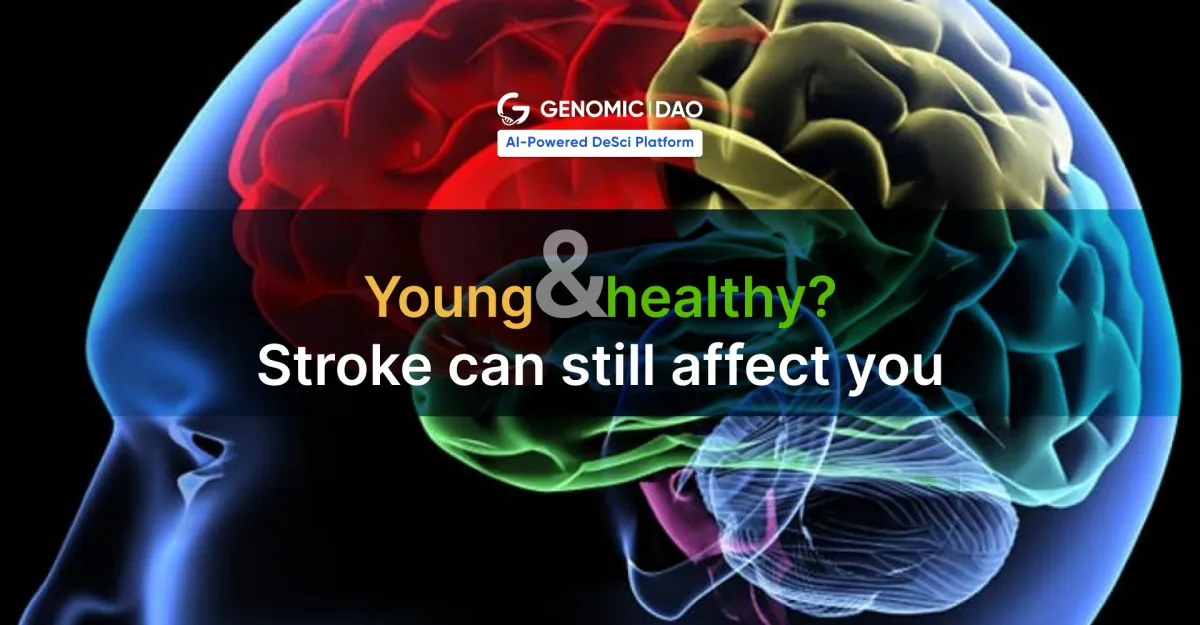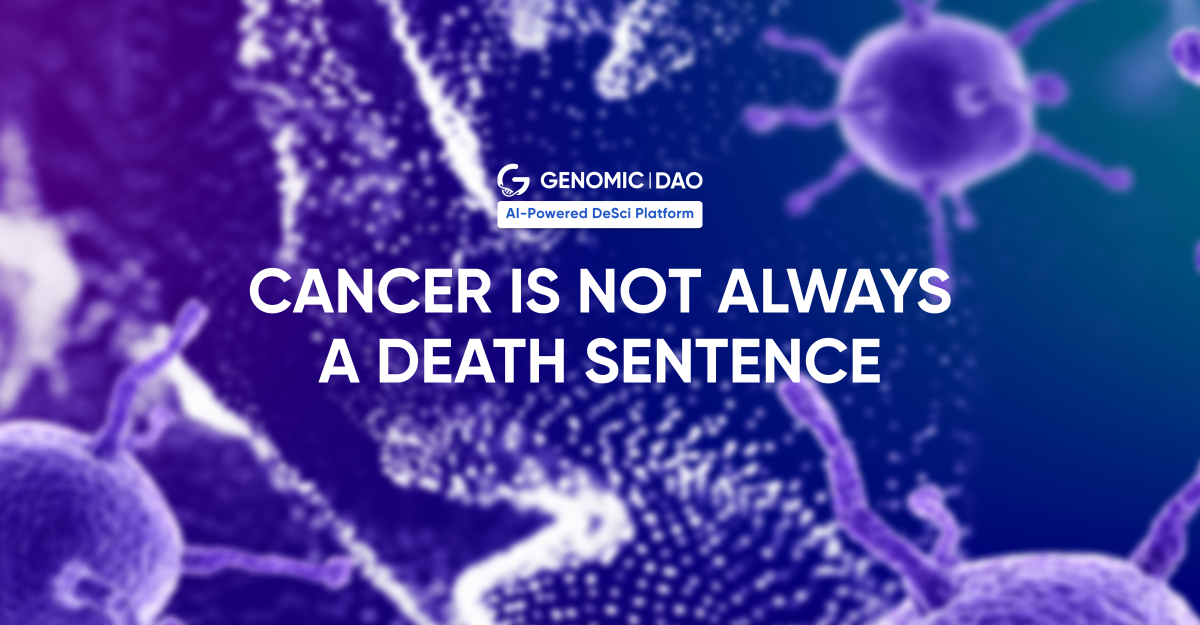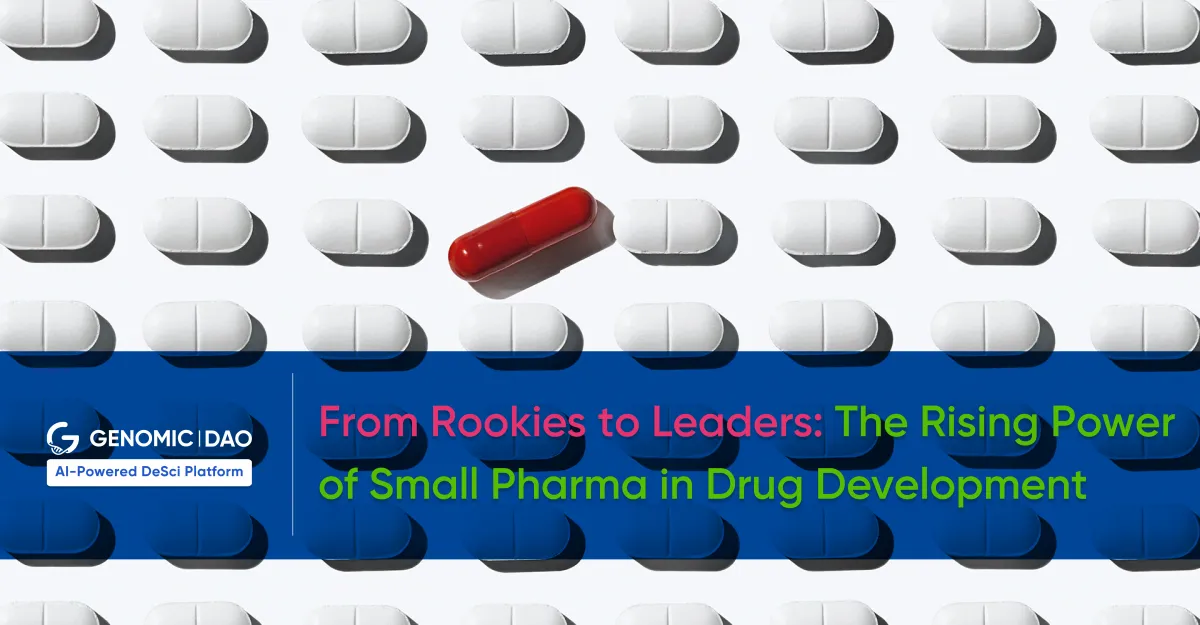
Many people believe that stroke is a condition that only affects older individuals. However, while it is more prevalent in old age, over 16% of all strokes occur in people 15-49 years of age, which is increasing [1].
Here’s what you need to know about why strokes happen, who’s most at risk, and what kind of symptoms you need to look out for.

Types of stroke
A stroke occurs when blood supply and oxygen to the brain are interrupted, usually due to an obstruction, injury, or hemorrhage. According to a report by the National Center for Biotechnology Information, half of all strokes in individuals aged 15-44 are ischemic strokes [2] [3]. Ischemic strokes occur when a blood clot or other substance (such as cholesterol) blocks the brain's blood supply.
The second most common cause of strokes in young people is bleeding in the brain (also known as an intracerebral hemorrhage). This occurs when the brain's arteries and veins rupture, usually due to a head injury, high blood pressure, or a blockage (such as an aneurysm or embolism) [3]. This type of stroke is serious and can be fatal in some cases.
The third type of stroke, called a subarachnoid hemorrhage, is caused by bleeding on the surface of the brain. Blood becomes trapped beneath the brain's protective subarachnoid layer, causing swelling, compressing the brain against the skull, and leading to additional brain damage. Although serious and potentially fatal, this type of stroke is less common than the other two types in young people [4].
What to look out for
The incidence of stroke in younger adults has increased in recent years, which is a cause for concern. Several studies have shown that younger adults are at increased risk of suffering from an intracerebral hemorrhage (ICH) stroke, which occurs when blood vessels in the brain rupture and bleed. ICH strokes are more deadly and more likely to cause long-term disability than other types of stroke, and they account for over 28% of estimated strokes each year globally [1].
The reasons for the increase in stroke incidence among younger adults are not entirely clear, but there are several factors that may be contributing to this trend. According to a study published in The Lancet in 2019, the five main risk factors for stroke were high blood pressure (accounting for 55.5% of total stroke DALYs), high body mass index (24.3%), high fasting plasma glucose (20.2%), ambient particulate matter pollution (20.1%), and smoking (17.6%) [5].
*DALYs: Disability-adjusted life-years
It's important to note that stroke symptoms are not different for young people compared to older people. However, most people in their 20s or 30s do not expect to have a stroke, so they may not recognize the symptoms or may downplay them if they do occur. Similarly, medical staff may not expect young people to have a stroke, leading to misdiagnosis or not receiving treatment quickly enough, which could harm recovery. It's vital that stroke is treated quickly to halt bleeding or treat the blood clot, as rapid response and treatment can make a significant difference in recovery.
Stroke symptoms typically affect one side of the body and may cause odd sensations such as tingling or numbness of the face, arm, or leg. Confusion, dizziness, loss of balance, drooping of one side of the face, and trouble speaking are common symptoms. These symptoms can be particularly difficult to recognize in younger adults, as they may not be aware of the warning signs of a stroke.
The symptoms and effects of the stroke depend entirely on which brain regions have been deprived of oxygen, and this is the same for young and older people alike. For example, if the stroke affects a part of the brain necessary for speech, speech may be impaired or lost. If the stroke affects motor areas of the brain, then body weakness or paralysis may be more likely, depending on the severity of the stroke.
The outcome of a stroke in young people can be complicated. While young brains are better able to repair themselves after trauma, the brain isn't fully developed until age 28, so it may actually be more vulnerable than an older brain to damage. A stroke at a young age could seriously delay or hamper development and many other aspects of life, such as independence, employment, or relationships.
Conclusion
Stroke is a serious medical condition that can occur in young adults as well as older adults. It's important to recognize stroke symptoms and seek immediate treatment to prevent long-term disability or death. With the incidence of stroke on the rise among young people, it's crucial that individuals take steps to manage their risk factors and adopt healthy lifestyle habits to reduce their risk of stroke.
References
- Global Stroke Fact Sheet 2022 (Rep.). (n.d.). Retrieved April 27, 2023, from World Stroke Organization website: https://www.world-stroke.org/news-and-blog/news/wso-global-stroke-fact-sheet-2022
- George, M. G., Tong, X., & Bowman, B. A. (2017). Prevalence of Cardiovascular Risk Factors and Strokes in Younger Adults. JAMA neurology, 74(6), 695–703. https://doi.org/10.1001/jamaneurol.2017.0020
- Boot E, Ekker MS, Putaala J, et al. Ischaemic stroke in young adults: a global perspective. Journal of Neurology, Neurosurgery & Psychiatry 2020;91:411-417.
- Singhal, A. B., Biller, J., Elkind, M. S., Fullerton, H. J., Jauch, E. C., Kittner, S. J., Levine, D. A., & Levine, S. R. (2013). Recognition and management of stroke in young adults and adolescents. Neurology, 81(12), 1089–1097. https://doi.org/10.1212/WNL.0b013e3182a4a451
- Feigin, V. L., Roth, G. A., Naghavi, M., Parmar, P., Krishnamurthi, R., Chugh, S., Mensah, G. A., Norrving, B., Shiue, I., Ng, M., Estep, K., Cercy, K., Murray, C. J. L., Forouzanfar, M. H., Naghavi, P., & Vos, T. (2021). Global burden of stroke and risk factors in 204 countries and territories, 1990–2019: a systematic analysis for the Global Burden of Disease Study 2019. The Lancet Neurology, 20(6), 391–402. https://doi.org/10.1016/S1474-4422(21)00052-0






